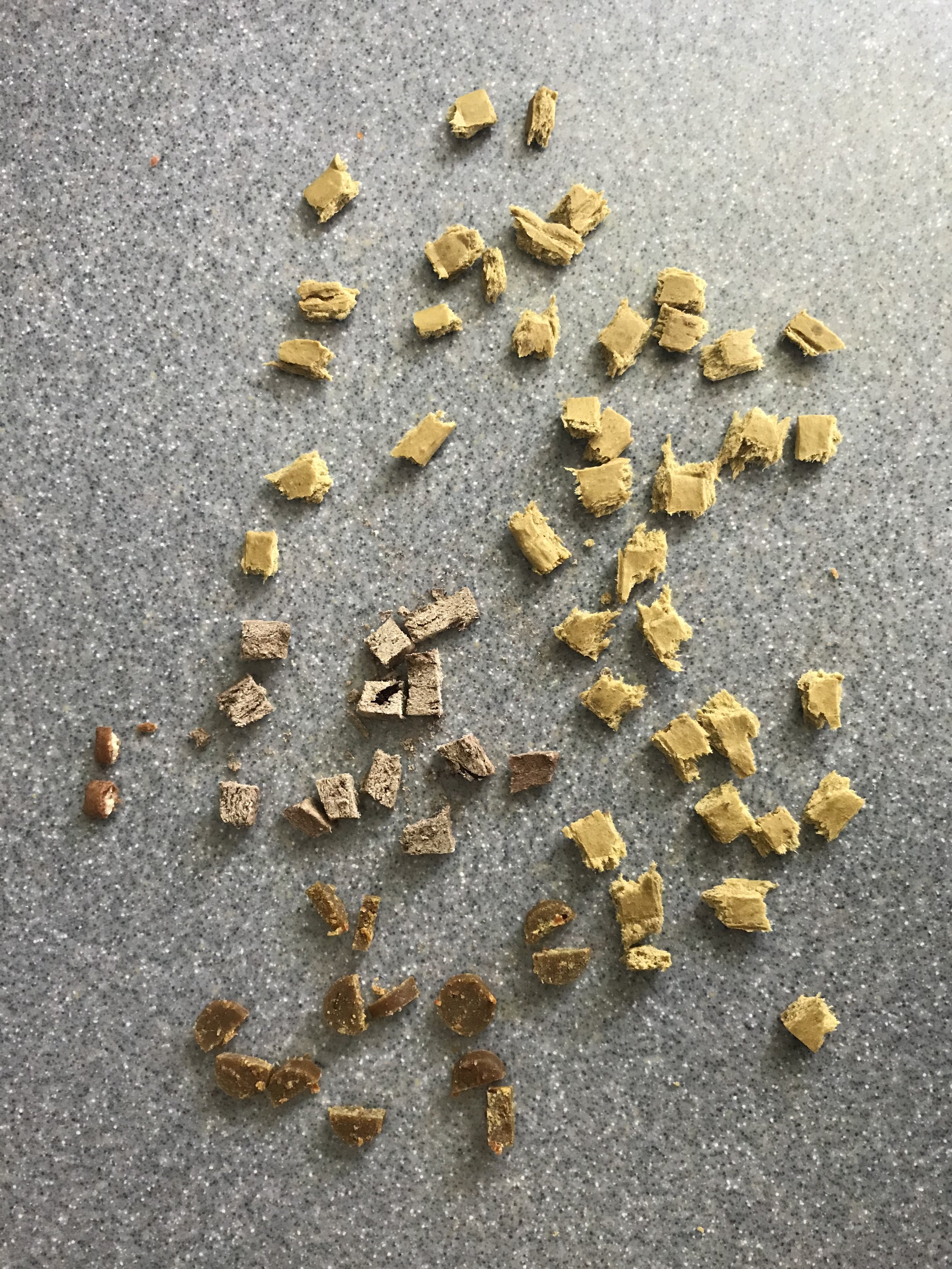Learning should always be FUN and never scary!
It is critical to find an appropriate trainer for your pet in order to support their behavioral wellbeing. Since the behavior and training industry is not regulated, you must do some research to find someone who will help your pet feel confident and relaxed and not cause fear, pain, or aggression during the training process.
Red Flag phrases you might see on a website or add include:
🚩 “Balanced” “Dominance” “Training Collar” “Correction” “Fast” “Cure” “Aversive” “Pack” 🚩
“Leader” “Prong Collar” “E-Collar” “Punishment” “Pressure” “Commands”
Not sure how to find an appropriate trainer and what training tools are safe and effective?
Read on to learn more!
Check out this link for excellent information on how to select a dog trainer and watch the video below.
Here is a list of central Ohio trainers who use safe, fun and effective force-free methods:
Adventure Unleashed Dog Training
(614) 398-2267
adventureunleashed@gmail.com
Reynoldsburg, Ohio
(740) 587-0429
julie@apositiveconnection.com
Granville, Ohio
(614) 792-6331
michele@dogtalktraining.com
Northwest Columbus, Ohio
Central Ohio Muttessori School
ohiomuttschool@gmail.com
Worthington, Ohio
(614) 721-3382
behavior@gigis.org
Canal Winchester, Ohio
(614) 636-5987
train@realedogs.com
Gahanna, Ohio
Puppy Kindergarten at The Ohio State University
(614) 292-3551
puppyclass@osu.edu
Central Columbus, Ohio
PosiDog Canine Learning Center
(614) 859-5238
train@posidog.org
Hilliard, Ohio
This list is not all-inclusive but meant to help guide you to trainers I know and trust.
Still hanging on to your pinch, choke, or e-collar? Trade it in for a Free Freedom Harness from Big Bullies.
You can also purchase one directly from the creators of Freedom Harness!
Mars showing off her freedom harness on our walk!! These are great for any dog who pulls on leash and they are comfortable to wear. With leash reactive dogs it is especially important to use a training tool that helps you easily guide your dog, without causing pain or fear. Avoiding shock, e-collars, prong, and choke collars is critical, especially with fearful dogs (which is a common reason why dogs bark, lunge, and growl at people, skateboards, bikes, dogs etc when on leash).
Gentle Leader head collars are another excellent option and make it even easier to decrease pulling and guide your dog's attention onto you or away from the situation that is exciting or scaring them. Gentle leaders require some up front training to help your dog learn to love wearing it and understand how it works.
Once you have found the right training tool for you and your dog, focus on rewarding the behaviors you like (treats for eye contact or walking with a loose leash) instead of punishing the behaviors you don't like (jerking on the collar when your dog pulls). This will help your dog learn what they should be doing in place of the behavior you don't like. If your dog pulls on leash and you don't have a solid come, touch or heel in place to call them back with, stop walking when they pull to prevent them from being reinforced (rewarded with a smell on a bush) and instead wait for them to give you slack in the leash or make eye contact and then give them a treat or the OK to go sniff. I use this with Mars and she finds the activity of sniffing a bush more rewarding than treats. This changes however if there are distractions present, in which case we switch to a higher value treats like small pieces of meat or cheese. If your dog is reactive on leash you will need to desensitize (slowly expose your dog to the stimulus in a positive way, without getting close enough for them to show signs of fear, anxiety or reactivity) and counter condition (aka change their emotions from scared to happy and relaxed by pairing the presence of a skateboard/bike etc with a super tasty treat or fun toy). If you have a dog who is reactive on leash check out this article for discussion of body language, thresholds, management, and training tips. Check out the graphic below to learn a fun game to help your dog learn appropriate behavior.
For dogs who are fearful or anxious additional behavior modification, supplements, or medications may be necessary. For these dogs it is best to completely prevent them from being in a situation where they will react until you have consulted with a positive reinforcement based trainer, veterinarian, or other certified behavior professional to determine a training and treatment plan for your canine friend. Schedule an in-home consult with me today!
Maintaining a healthy body weight is very important!!
Your pet should not become overweight even if you train together multiple times a day. If you do a lot of training with high calorie treats (hotdog, cheese, soft treats) one day, you make want to cut back a bit on their meal kibble that morning or night to accommodate for the extra calories. You can also make each treat go farther by breaking it up into pea sized pieces, allowing you to reward 20 times instead of 1!!!


